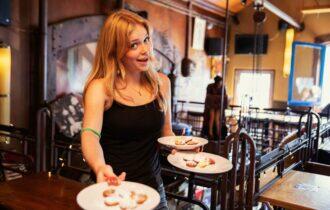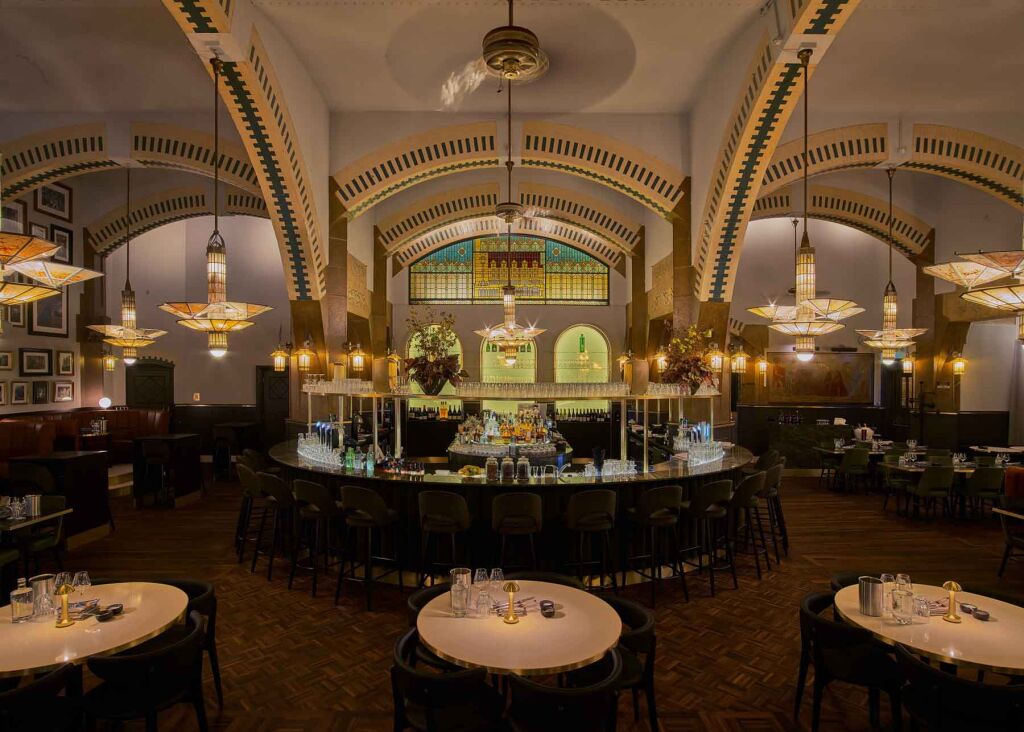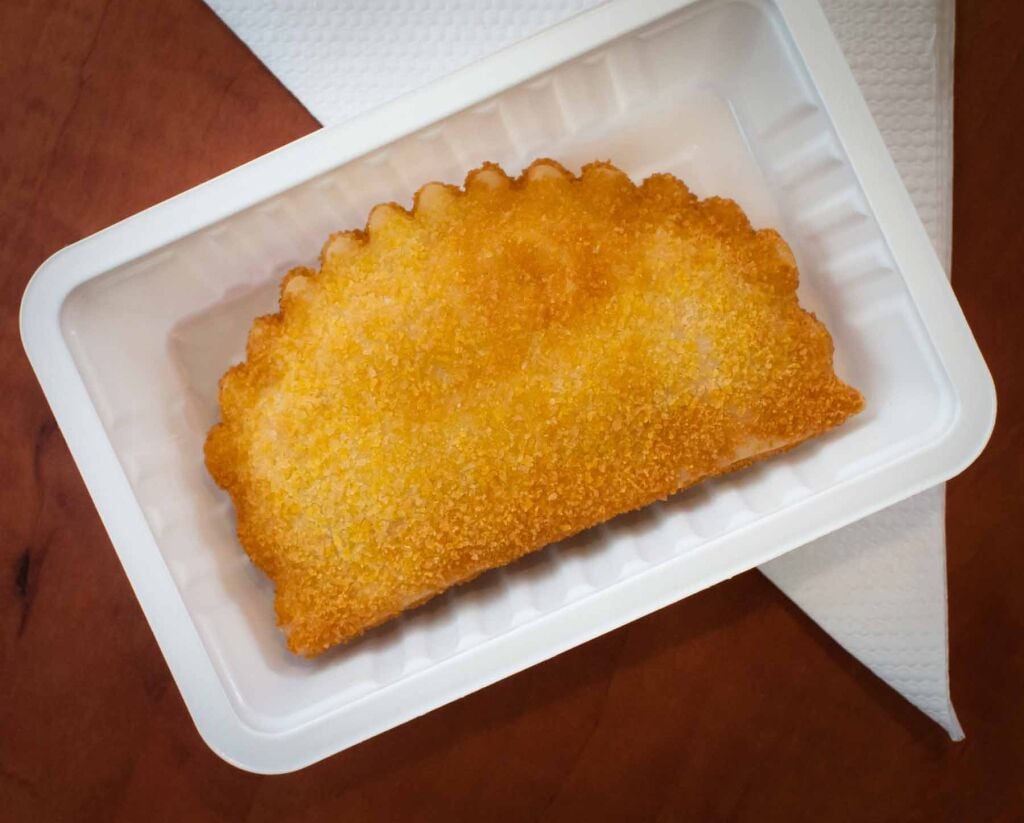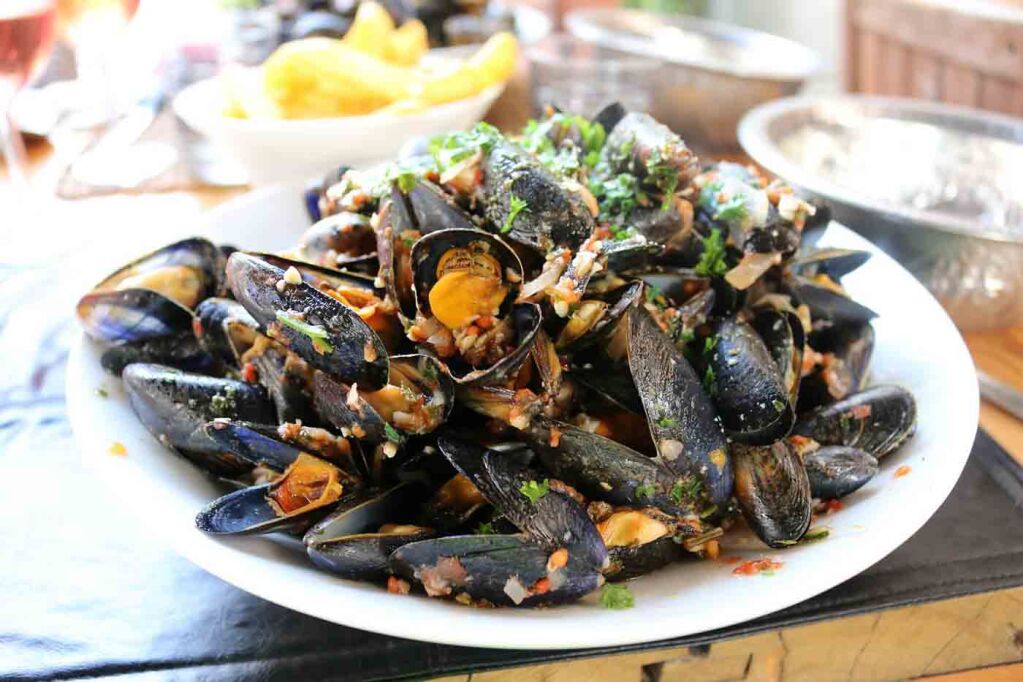Admittedly, the Dutch have a few eating habits that may seem strange to the foreign palate. That strange affinity for the briny taste of raw herring, for instance, or their penchant for salty licorice. Their addiction to deep-fried snacks, perhaps, or their oddly early dinner times… We say all this with much fondness for the Netherlands, of course – it’s our home. But there are all sorts of fascinating Dutch food facts that very few people know about. With so much to learn and given our endless curiosity for all things Holland, we set out to discover some lesser-known, fascinating and downright weird facts about our country’s cuisine.
Did you know…
Carrots used to be purple until the 17th century?
Have you ever seen purple carrots at farmers’ markets or specialist produce shops? Contrary to popular belief, it’s the orange version of the carrot that is the mutant strain, not the purple one. Before the 17th century, almost all cultivated carrots were purple. It was the Dutch farmers who, in the late 16th century, developed the orange version of this vegetable that became so popular in the Netherlands. Rumor has it that the orange variation was cultivated as a tribute to the House of Orange dynasty that liberated the Dutch from the Spanish rule.
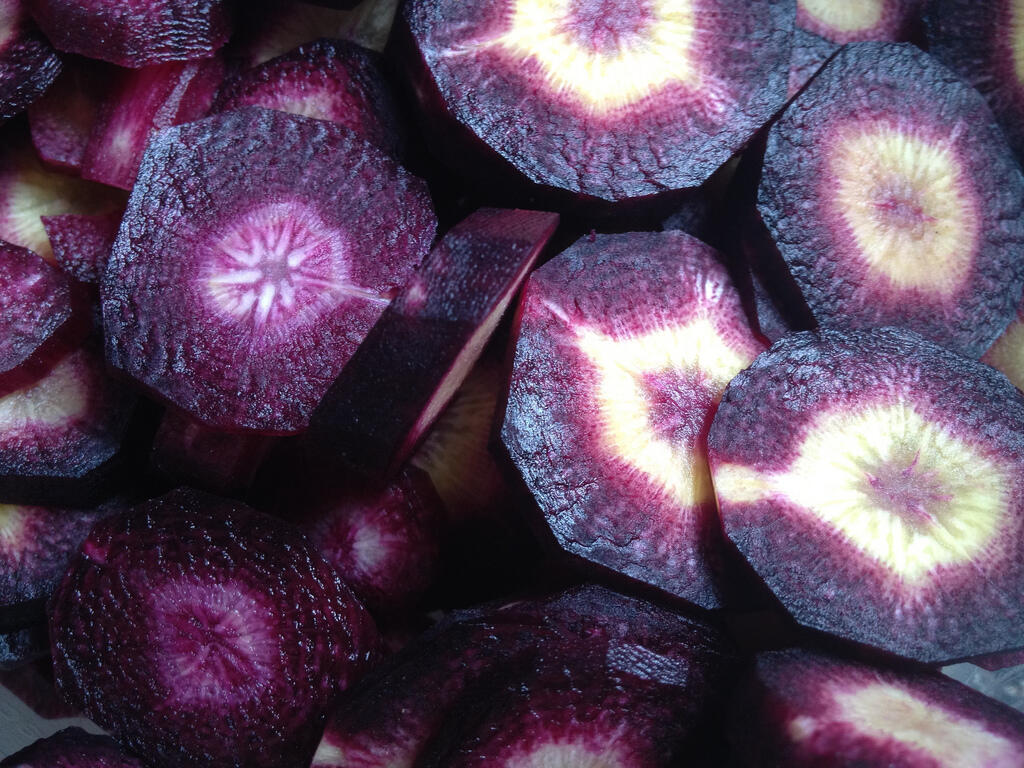
The Dutch celebrate a birth by eating biscuits with “little mice”?
Muisjes (translated as little mice) are sweet sprinkles that the Dutch put on top of a biscuit with butter. They are made of coated anise seeds and their shape resembles little mice because the stem of the anise seed looks like a little tail. Traditionally, this snack is served to visitors at the birth of a baby, or is brought by the parents to share with colleagues at work. The connection between this sweet snack and the birth of a baby might not be understandable for foreigners at first sight, but it becomes clearer once you learn that anise was thought to stimulate lactation, turning the muisjes into a symbol of fertility. The original muisjes were white, until the producers started making a mix of pink and white muisjes for the birth of baby girls, and blue and white muisjes for baby boys. Orange muisjes were sold twice in Dutch history, once in 1938 at the birth of Queen Beatrix, and once in 2003 in honor of the birth of the princess Catherina-Amalia. Interestingly, De Ruijter (a producer of many different variations of sweet sprinkles) is the only company in the Netherlands that produces muisjes.
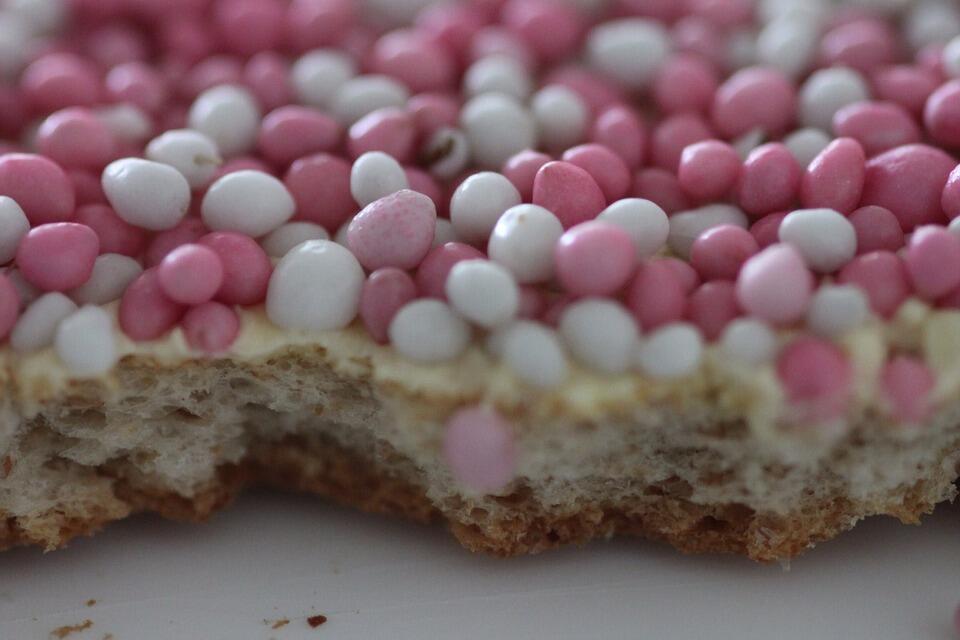
An eggs-based breakfast dish shares its name with a bouncer?
An uitsmijter is a breakfast dish consisting of fried eggs on a slice of bread served with different toppings such as ham or cheese. But the Dutch word literally translates to “out-thrower” and is the same word given to bouncers at bars or nightclubs. But what’s the connection between the two? A possible explanation may be that an uitsmijter is very easily and quickly prepared, which means that a customer ordering it in a café will leave very soon after eating it (therefore being “thrown out” quickly).
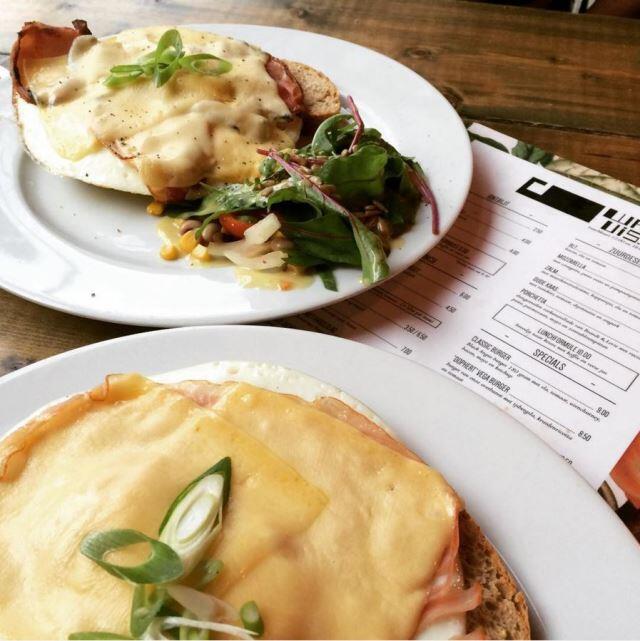
The Dutch throw cookies at each other?
In November and early December in the Netherlands, all supermarkets stock up on the popular peppernoten, which are small, hard, crunchy cookies associated with the Sinterklaas festival. The custom is that Sinterklaas and his helper, Zwarte Piet, throw handfuls of peppernoten around the room, so that children can collect them from the floor. Tossing handfuls of small food items on the ground (just like a farmer sowing seeds) is an old fertility symbol and can be recognized in other customs such as throwing rice at a wedding.
What the connection is between going to church and eating mini-pancakes?
Poffertjes are miniature fluffy Dutch pancakes, traditionally prepared using yeast and buckwheat flour. The mini pancakes, which are prepared using a special cast-iron pan with tiny hollows in which to pour the batter, quickly became known as poffertjes because they puff up during the cooking process. One of the theories about the humble poffertje is that it has its origins in a Dutch Abbey. The shortage of wheat flour during the French Revolution meant that buckwheat flour was used to make the pancake batter, and some believe that these mini pancakes were used as a type of host for weekly communion. Once regular churchgoers became fond of the mini pancakes, local food markets started selling poffertjes simply as a snack.
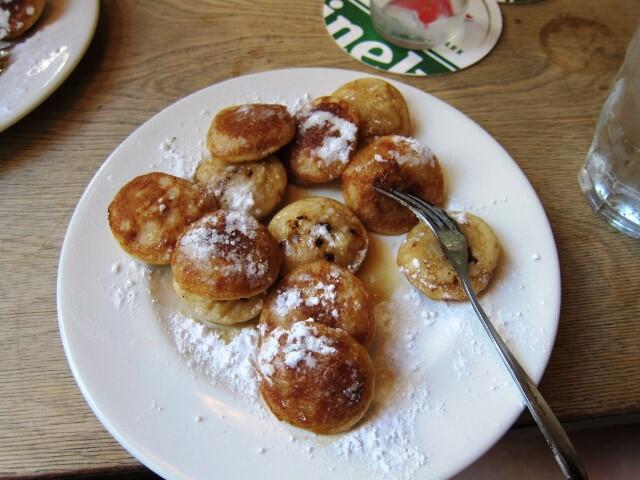
Why Dutch coffee is “wrong”?
It took me a while to understand why the Dutch order koffie verkeerd which translates to “coffee wrong”, instead of just calling it a caffè latte. Traditionally, it was understood that a cup of coffee with milk should only contain a tiny bit of milk foam on top, but many people liked to add much more milk than that. In the spirit of doing justice to the proper way of preparing coffee, koffie verkeerd (the “wrong” way to prepare coffee) became a name for a drink with half (filtered) coffee and half milk. The other ways of preparing coffee with milk (like cappuccino or latte macchiato, etc) became known in the Netherlands only later on, with the growing popularity of Italian espresso machines.


